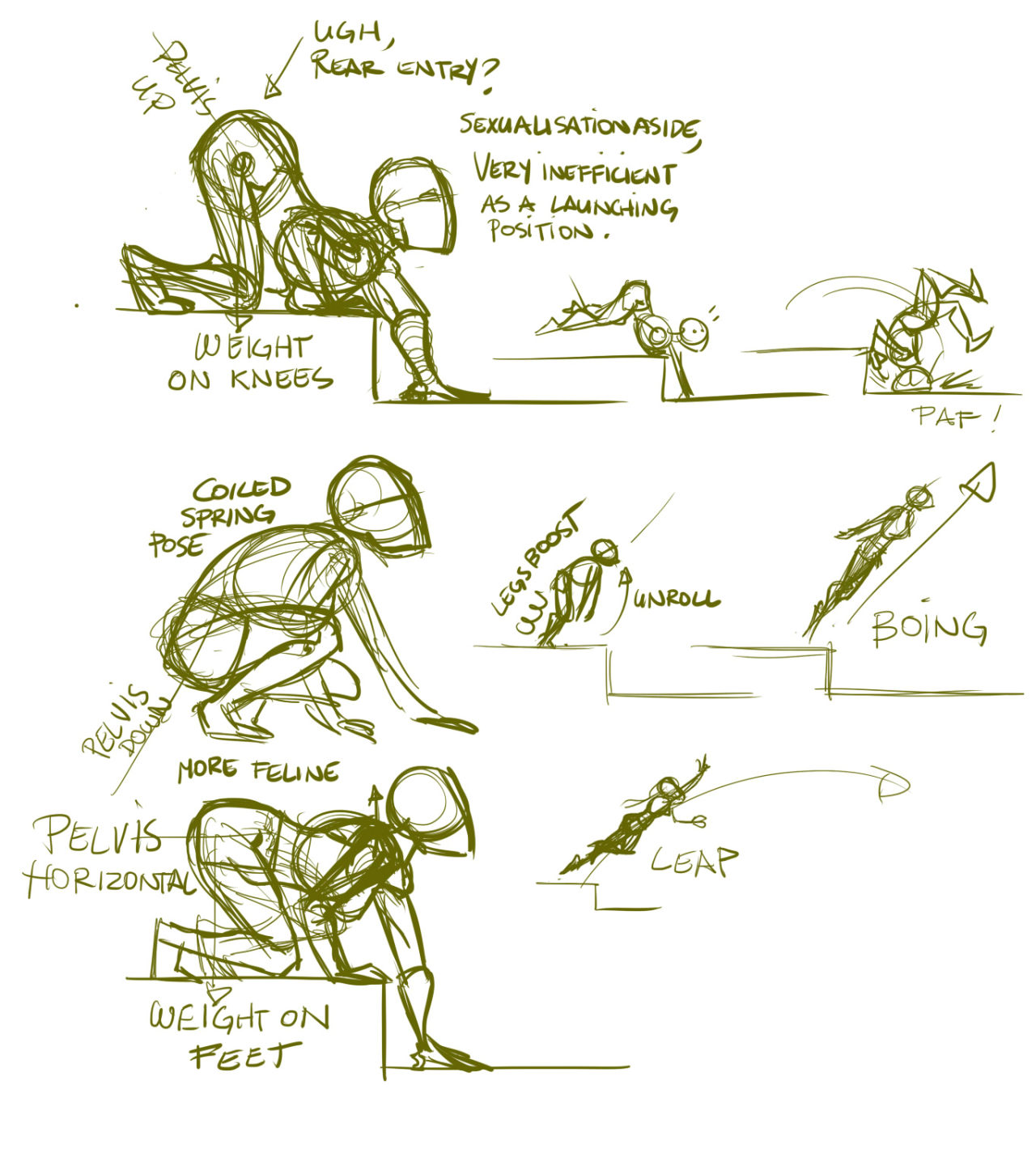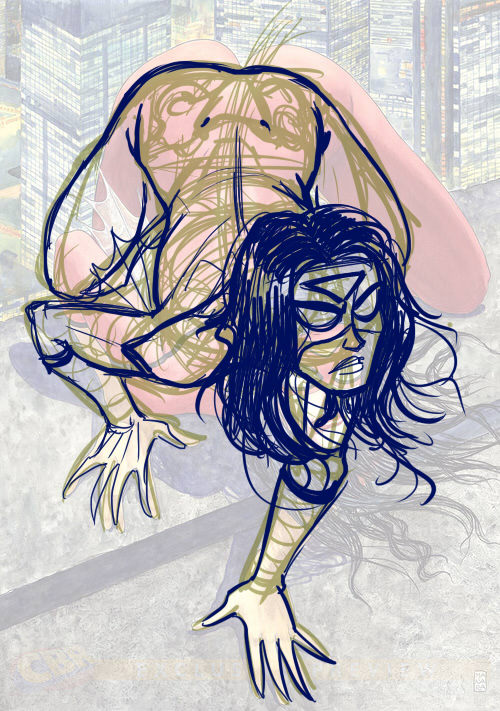In my college career, I've slowly learned about the unnecessary importance our society places on the way women appear. I use to get annoyed with how much work the women in my life would put into getting their hair and makeup ready, and then at the amount of time they'd spend on choosing an outfit. I'd always ask why it took so long and the answer was always very straightforward: I want to look nice. But you look fine, what's the big deal? Why isn't fine good enough?
As it turns out, the messages women get from media put a lot of pressure on them to present themselves a certain way. And when someone doesn't meet the norms , they're scrutinized. Countless times I've heard the story from women who didn't wear makeup one day had people (especially men) be very concerned about their well being. As if presenting your plain old self was a sign that something must be going wrong with you. This is one of the many examples of women being judged for their appearance in a seemingly acceptable way. Much of that is thanks to the prevalent Male Gaze in our society, which is a concept explained by Laura Mulvey in her essay “Visual Pleasure and Narrative Cinema”. It refers to media that comes from the perspective of heterosexual males, which could be the person creating the media, the characters in the media, or the person viewing the media (or all of the above). The role of the women is to be attractive for any man looking. This was something I never noticed for most of my life, partially because much of this media was catering to me. What also surprised me was not only how prevalent this was, but also how ingrained it is thanks to our history. John Berger points this out in his book “Ways of Seeing”, where we get to see paintings going as far back as the 16th century contorting women to fulfill the needs of the male gaze. Although I don’t care about art history, I was amazed to see the male gaze framed in a historical context:
As it turns out, the messages women get from media put a lot of pressure on them to present themselves a certain way. And when someone doesn't meet the norms , they're scrutinized. Countless times I've heard the story from women who didn't wear makeup one day had people (especially men) be very concerned about their well being. As if presenting your plain old self was a sign that something must be going wrong with you. This is one of the many examples of women being judged for their appearance in a seemingly acceptable way. Much of that is thanks to the prevalent Male Gaze in our society, which is a concept explained by Laura Mulvey in her essay “Visual Pleasure and Narrative Cinema”. It refers to media that comes from the perspective of heterosexual males, which could be the person creating the media, the characters in the media, or the person viewing the media (or all of the above). The role of the women is to be attractive for any man looking. This was something I never noticed for most of my life, partially because much of this media was catering to me. What also surprised me was not only how prevalent this was, but also how ingrained it is thanks to our history. John Berger points this out in his book “Ways of Seeing”, where we get to see paintings going as far back as the 16th century contorting women to fulfill the needs of the male gaze. Although I don’t care about art history, I was amazed to see the male gaze framed in a historical context:
 |
| La Grande Odalisque by Ingres 1780-1867 |
“Is it the expression of a woman responding with calculated charm to the man whom she imagines looking at her – although she doesn’t know him. She is offering up her femininity as the surveyed”(55).
This really hit me because it felt like I just found the answer to a question that was under my nose the whole time. Although the colors and the scenery feel warm and welcoming, the idea that she is being offered up feels very cold, impersonal, objectifying. Berger elaborates further with another example:
"It is true that sometimes a painting includes a male lover.
| Bacchus, Ceres, and Cupid by Von Aachen 1552-1615 |
But the woman’s attention is rarely directed towards him. Often she looks away from him or she looks out of the picture towards the one who considers himself her true lover – the spectator owner”(56).
The spectator owner. This gets to the heart of what the male gaze caters to: the idea of owning women.That they are there to bend to your will, whether they are a 2D image or 3D person. Unfortunately this hasn’t stopped:
This image sparked discussion among fans as to the questionable pose of the character. Veteran artist Milo Manara admits he could be wrong about how the art turned out, but doesn't really commit to a full apology and makes excuses why people shouldn't be making such a big deal. To counter any argument to justify the way this image was drawn, a post on the Tumblr blog "LESS TITS N' ASS, MORE KICKIN' ASS" not only shows what's wrong with this image both technically and practically, but better ways it could have been drawn.
Writing this post and thinking about oppositional gaze has made me think about my own views on other issues like the #OscarsSoWhite controversy. At first I chalked it up to this being a bigger issue than the Academy Awards. People should be pointing the finger at Hollywood right? I was pretty content with that until I did some more research and realized there was more to this issue than I realized.
The Oscars themselves, despite my disregard to them, is a giant event that garners a lot of attention. Movies can succeed or die based on whether they get nominated. It’s a big deal. So if they are going to wield that kind of power, there needs to be a more diverse palette within the organization. Sure, people will always bitch and moan about something being snubbed. But there is a pattern of slavery related movies being nominated when you look back at previous Best Picture Nominations. So while Spike Lee annoys the hell out of me sometimes, I support him and anyone else boycotting the Oscars. All the conversation it’s starting isn’t inspiring everyone to be more critical, but the fact that people want to talk about it is an improvement. And one of the best parts about that is it’ll have to be addressed at the show itself through the host Chris Rock. I’m sure we are all very curious what will come of this...



No comments:
Post a Comment